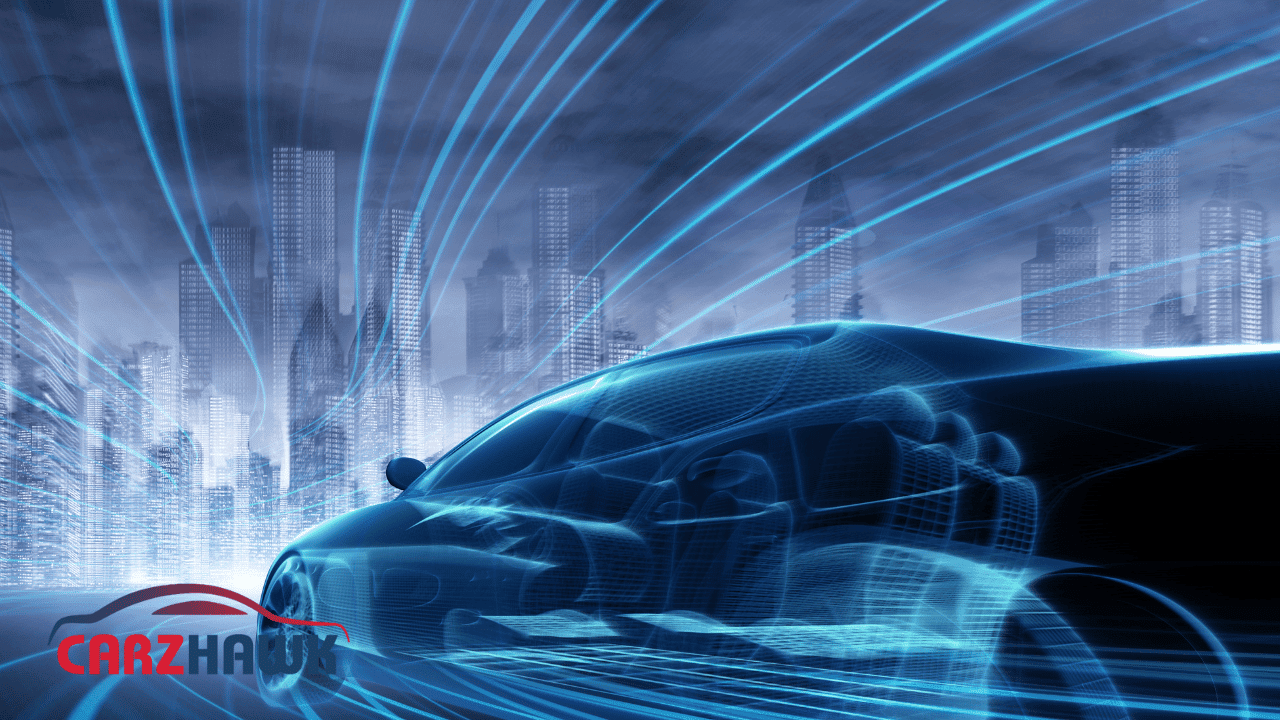When it comes to electric cars, “preconditioning” can mean either warming or cooling the inside before you drive it or warming or cooling the battery before you charge it. Let’s look at what it means to “precondition” the battery of an EV before you charge it. (However, during charging at home, you might be able to warm up the inside at the same time.
What Does It Mean to Precondition the Battery?
Preconditioning is done when it’s very hot or cold outside, to maintain battery normal temperature. This lets it charge and send power more quickly. It might also help the battery last longer.
Most current EV batteries have heating and cooling systems built in. These are powered by electricity from either the charger or the battery itself. These heating or cooling parts may not be in all EVs, especially older or less expensive ones. So, you cannot precondition these.
Why would you need to precondition the battery?
Remember that a battery doesn’t have energy in it. It has chemicals that react with each other to make electricity. Things in the battery move more slowly when they are very hot or very cold. That slows down the battery’s ability to take in charge, both with charger and in regeneratively braking. It also slows down the battery’s ability to give electricity to the motor when the car is speeding up. So, keeping the battery at a reasonable temperature is a good idea.
Batteries have different ideal temperatures, but in general, they like it when it’s about the same temperature as you. The chemical reaction inside the battery produces heat, so the battery gets a little warmer while the car is running. After a while of driving, this lets the battery get warmer than the air around it.
When to Get Precondition the Battery
There is no set rule for when to precondition the battery. Temperature mostly affects a battery’s ability to charge, like when it’s plugged into a DC fast charger. This is because the battery’s ability to accept a charge slowly decreases when it’s outside its ideal temperature window, which is roughly 60 to 95 degrees Fahrenheit. A very good general rule, though, might be that you should prepare a battery when it’s below 60 degrees. Remember, though, that a battery that has been used to power a car will be warmer than the air outside.
Precondition In Warm Weather
When it’s warmer, you might plug in the car, but it’s better wait until energy rates drop. When it’s cold, though, a different plan might work better: When you get to the car, plug it in right away, set the temperature and departure time you want, and let the car decide if and when to prime the battery. This way, if you give yourself enough time, you can start the trip in a car that’s already charged.
This means you’ll need less power to keep the car warm (since it takes more power to heat something up than to keep it warm), which increases both range and speed. If you connect to a Level 1 (120-volt) charger, keep in mind that it might not give you enough power to fully charge the battery and heat the cabin to the right temperature. In fact, it might use battery power to try to heat the cabin.
Precondition In Cold Weather
When going to a DC fast-charging station in cold weather is a common time when you might start preconditioning yourself. This is because the car will slow down the charging if the battery is cold when you plug it in. This means that it will take a lot longer to charge. But, if you’ve set the charger’s position in your EV’s navigation system, the car should start preconditioning the battery when it needs to so it’s at the right temperature when you get there. There is some power loss during preconditioning, but faster charging more than make up for it.
How long before you need to start the preconditioning process?
There are a lot of factors that affect this, but, some sources say between 20 and 30 minutes. Some automakers may have more specific suggestions, though. For example, Chevrolet says that owners of the Silverado EV should give it 30 minutes above 20 degrees or 60 minutes at or below 20 degrees, even though the battery in that truck is very big.
It looks like the best way to deal with battery preconditioning is to know when it might be helpful and give yourself enough time to do it. After that, the car will take care of the rest.
Preconditioning the Interior
One of the best things about having an EV is that you can warm up or cool down the inside before getting in. This is something that almost all EVs can do, though some can only do it when they are plugged into a charger. If you set your expected departure time into the car’s infotainment system, the interior can be preconditioned automatically. In some EVs, you can do this through an app on your phone. If you can heat or cool the inside of your EV without plugging it in, all you have to do is make sure you have enough battery power to get home or to a charging point.
Some EVs also have a function called a “heat pump,” which is a much better way to heat the inside of your car. If you live in a cold area and plan to use air conditioning inside your EV when it’s not plugged in, you should really think about getting one with a heat pump. It uses a lot less battery power to do the same job.






